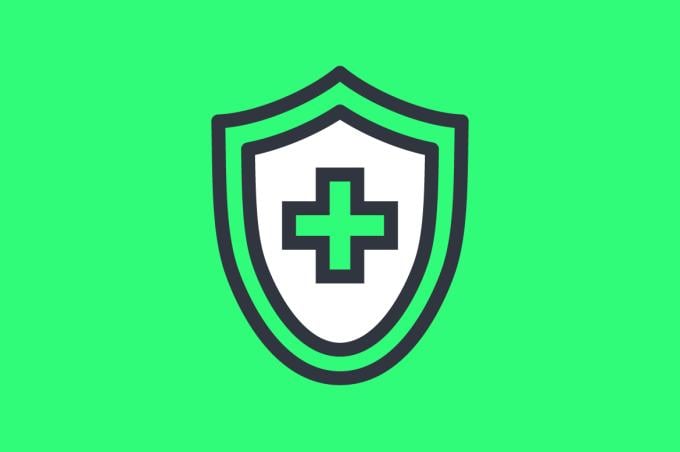Physicians and other health professionals are on the front lines of care for patients with COVID-19. And as multiple health workers in the U.S. have been sickened by COVID-19, it raises questions and concerns. What should physicians and other health professionals do if they are exposed to COVID-19? The Centers for Disease Control and Prevention (CDC) has advice for clinicians.
To answer questions about possible exposure to COVID-19, the CDC has updated their guidance for risk assessment. This guidance is available for health personnel with potential exposure in a health care setting to patients with COVID-19. It details risk levels and what to do if exposure occurs. However, the risk of transmission of SARS-CoV-2, which causes COVID-19, is currently incomplete and the precision of current risk assignment is limited.
When assigning risk, identify duration of exposure, clinical symptoms of the patient and whether the patient was wearing a facemask. It’s also important to note if an aerosol generating procedure was performed and the type of personal protection equipment (PPE) used by health personnel.
The AMA encourages physicians to stay up to date on this evolving situation and has provided COVID-19 resources for doctors, other health professionals and the public. The AMA will provide continual updates.
Access to test kits for COVID-19 are now becoming more widely available in the U.S. The CDC is shipping tests to laboratories designated as qualified, including U.S. state and local public health laboratories, Department of Defense laboratories and select international laboratories.
Here are five epidemiologic risk factors—listed from high to no identifiable risk—and what the CDC recommends for physicians and other health professionals who might have been exposed to COVID-19.
Present in the room
Think about the patient with COVID-19 and the procedure being performed. If a physician or other health professional is not wearing proper PPE (their eyes, nose, or mouth were not protected) and is present in the room or performed a procedure that generated higher concentrations of respirator secretions, they are at high-risk.
The CDC recommends monitoring for COVID-19 until 14 days after the last potential exposure. These individuals should also be excluded from work during the monitoring period. If a fever or respiratory symptoms consistent with COVID-19 develop, immediately self-isolate and notify your local or state public health authority and health care facility promptly.
Prolonged close contact
Similarly, if a physician or other health care professional had prolonged close contact with a patient with COVID-19 where the patient was wearing a facemask, but the health care provider was not wearing a facemask or respirator, the health care provider should be actively monitored for COVID-19 and be excluded from work for 14 days after the last exposure.
Learn more from the CDC about what health personnel should know about caring for patients with confirmed or possible COVID-19 infection.
Proper adherence to infection control
A physician wearing all recommended PPE including a facemask or respirator while having prolonged close contact with a patient who was also wearing a facemask is at low risk. It is important to note, though, that a respirator confers a higher level of protection than a facemask. Learn more about the CDC’s interim infection prevention and control recommendations.
For this case, physicians should monitor themselves with delegated supervision. There are no work restrictions for these individuals. But it is important to take your temperature twice a day and remain alert for respiratory symptoms consistent with COVID-19.
Brief interactions with patient
Physicians and other health professionals who are not using all recommended PPE and have brief interactions with a patient, such as a quick conversation at a triage desk, are considered at low risk. This is regardless of whether the patient with COVID-19 was wearing a facemask.
Physicians should self-monitor with delegated supervision until 14 days after last potential exposure. No work restrictions for asymptomatic individuals is needed.
Walked by, but no direct contact
If a physician or other health professional walks by a patient with COVID-19, has no direct contact with the patient or their secretions and excretions, and has no entry into the patient’s room, there is no identifiable risk. In this instance, no monitoring or work restrictions are needed.
Physicians and other health professionals with potential exposure to COVID-19 in community settings should have their exposure risk assessed according to CDC guidance. If in the high or medium risk category, individuals should undergo monitoring as defined by their local or state public health authority and be excluded from work in a health care setting until 14 days after their exposure.
While contact tracing and risk assessment, with appropriate implementation of work restrictions, of potentially exposed health professionals remains the recommended strategy for identifying and reducing the risk of transmission of COVID-19, it is not practical or achievable in all situations. Facilities could consider allowing asymptomatic health professionals who have had an exposure to a COVID-19 patient to continue to work after options to improve staffing have been exhausted and in consultation with their occupational health program.
The National Association of County and City Health Officials has a directory of local health departments by state or ZIP code.




